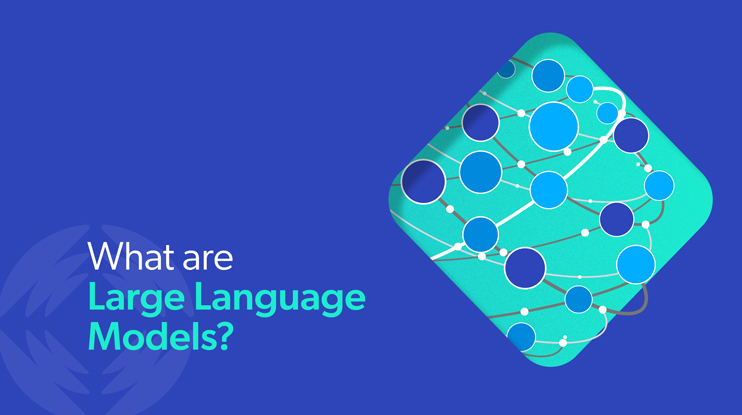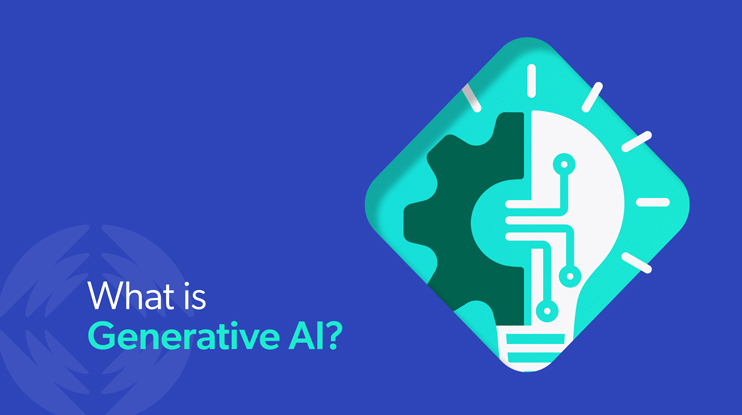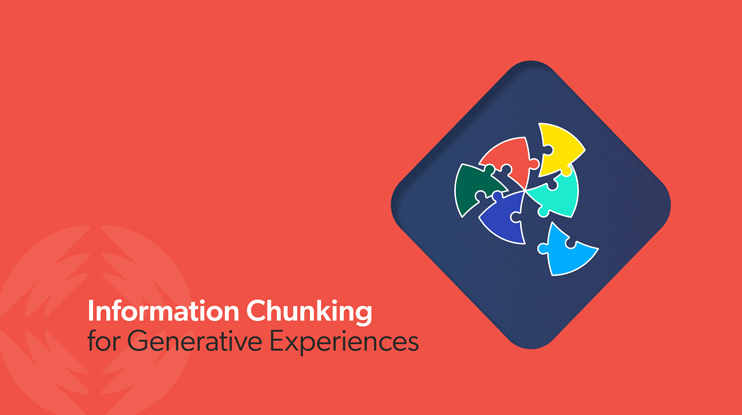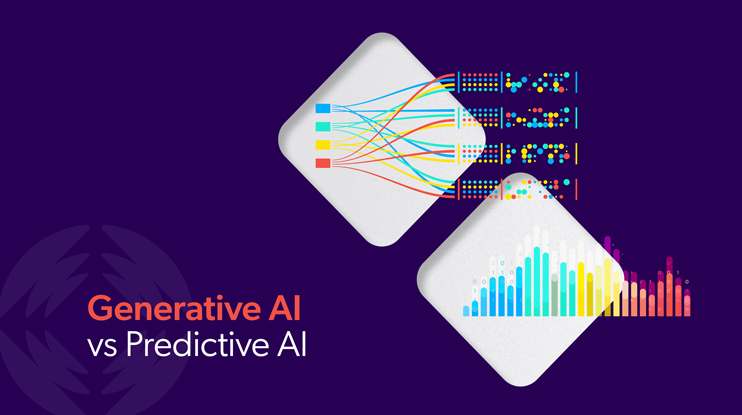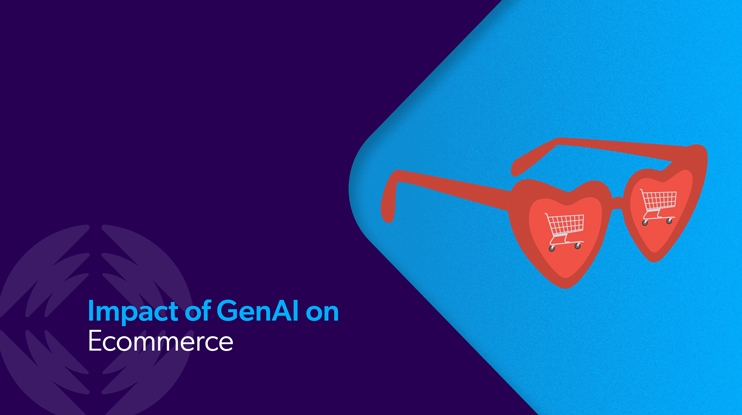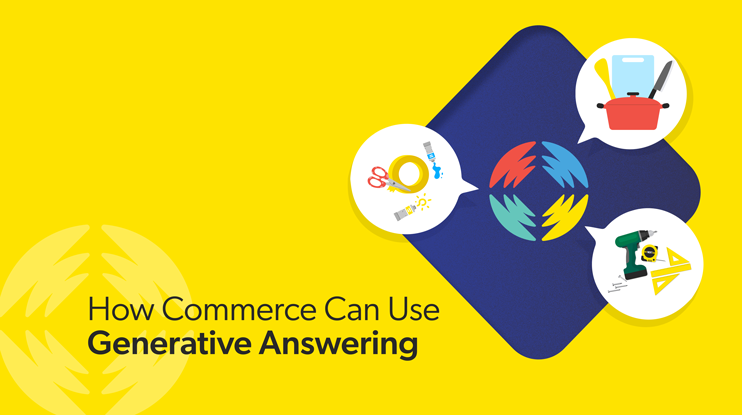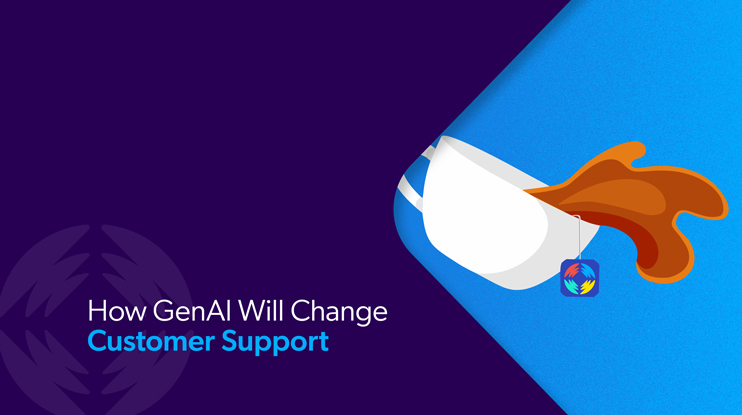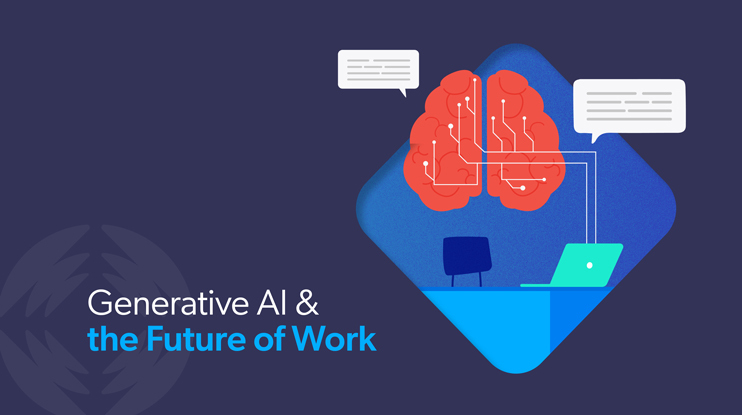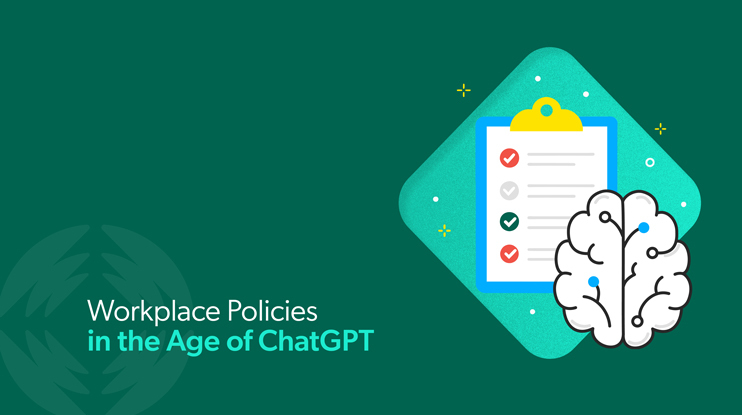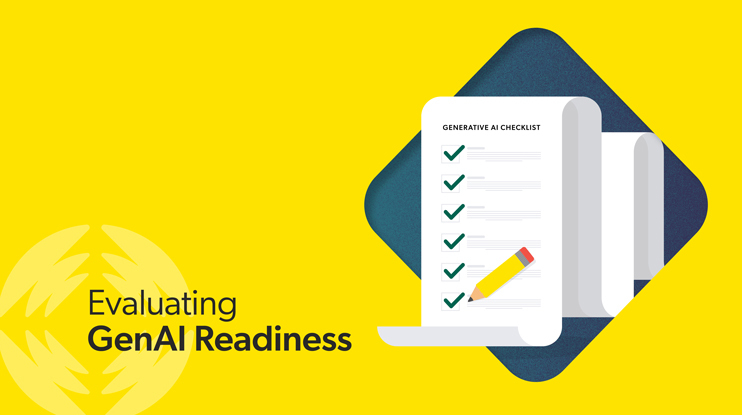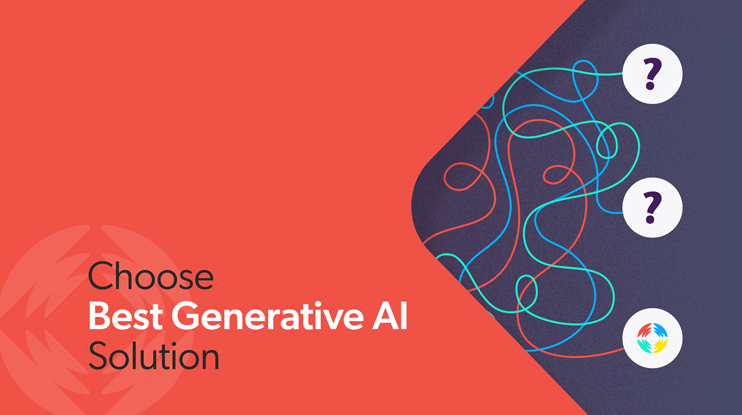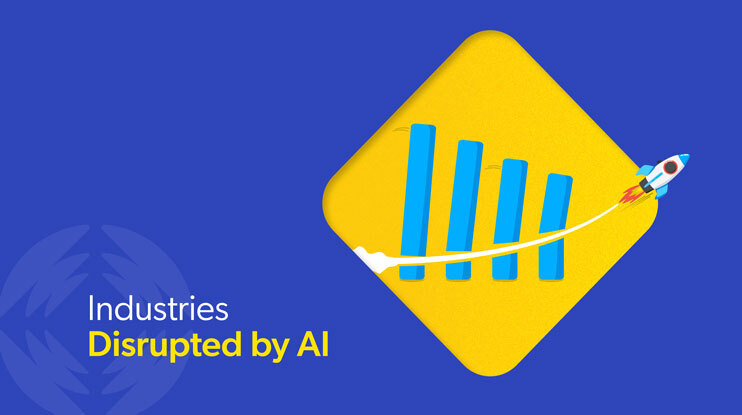The race to generative artificial intelligence (GenAI) return on investment (ROI) is reshaping the digital support landscape, with customer expectations continually growing. Most recently, in a survey of 4,000, respondents noted that bad self-service was worse than no self-service. What’s more is that a majority said answers included within the search results would improve their experience.
To deliver the deeply personalized and intuitive support experiences customers have come to expect, this can really only mean one thing: wisely embedding generative AI into the customer service journey. Forcepoint, the leading user and data security cybersecurity company, successfully integrated generative AI into its customer service operations, achieving significant improvements in customer satisfaction, efficiency, and overall ROI.
Cora LaRose, Senior Manager of Digital Customer Engagement at Forcepoint, joined Coveo Service & Knowledge Product Marketing Manager Patricia Petit Liang to discuss Forcepoint’s journey in a recent customer roundtable, The Race to ROI with AI and Gen AI. Let’s take a closer look at their winning strategy for service excellence and explore the results they achieved.

The Forcepoint AI Investment Success Story
According to Gartner, 88% of service journeys now start with self-service, reflecting a strong preference among customers to resolve issues and make informed decisions independently.
LaRose described the challenges Forcepoint faced.
“We’re at a particular place and time right now with a unique customer audience,” LaRose said. “Our younger customers who are so used to the digital platforms and who very much want to engage and use self-service. All the way to customers who’ve been in the industry for a very long time — they want to pick up a phone and ask someone to tell them the answer.”
This audience range underscored the need to serve many intents across customers’ preferred channels.
88% of customer journeys start in self-service and touch multiple channels
Gartner
“Meeting the needs of that broad audience with one solution is sometimes a challenge, but I do feel like we’re able to do that with the solution we have right now,” LaRose continued.
Forcepoint’s journey with generative AI is a testament to the transformative power of this technology and the company’s decade’s long dedication to innovation.
Delivering world-class service experiences for customers globally requires expert planning, strategy, experimentation and change management. By understanding the current landscape, identifying key implementation areas, overcoming challenges, ensuring data quality, leveraging analytics, measuring success, and fostering innovation, they achieved remarkable results.
Forcepoint’s Achievements:
- Coveo’s impact:
- 97% increase in CSAT scores
- 200% increase in case deflection
- 25% reduction in time to resolution
- Additional impact of CRGA:
- +14% improvement in self-service success
Relevant Reading: Why Your Customer Self-Service Portal Needs Generative AI
Identifying Key Areas for Generative AI Implementation
Forcepoint recognized the potential of generative AI to transform their customer service operations. LaRose emphasized their approach: “We want to hand customers what they need on a silver platter, making it as easy as possible for them to find what they’re looking for.”
Forcepoint focused on two primary areas: enhancing self-service resolution and boosting agent proficiency. This meant improving both customer and employee experiences.
Enhancing Self-Service Resolution
Forcepoint has a long history of using Coveo machine learning models, giving them a head start in adopting Relevance Generative Answering. To better help customers self-serve, they embedded generative answering in their customer community — often the first stop when a customer is researching an answer.
“With machine learning, you no longer have to sift through a list of, is my answer in the top five documents? Is it in the top four? Now the answer is right there,” LaRose said. “And the documents are cited at the bottom. You can click on them and go look at them — no more searching through knowledge-based articles or documents to see which one has an answer. It saves so much time for customers and for employees, because we use it in our Insight Panels too.”
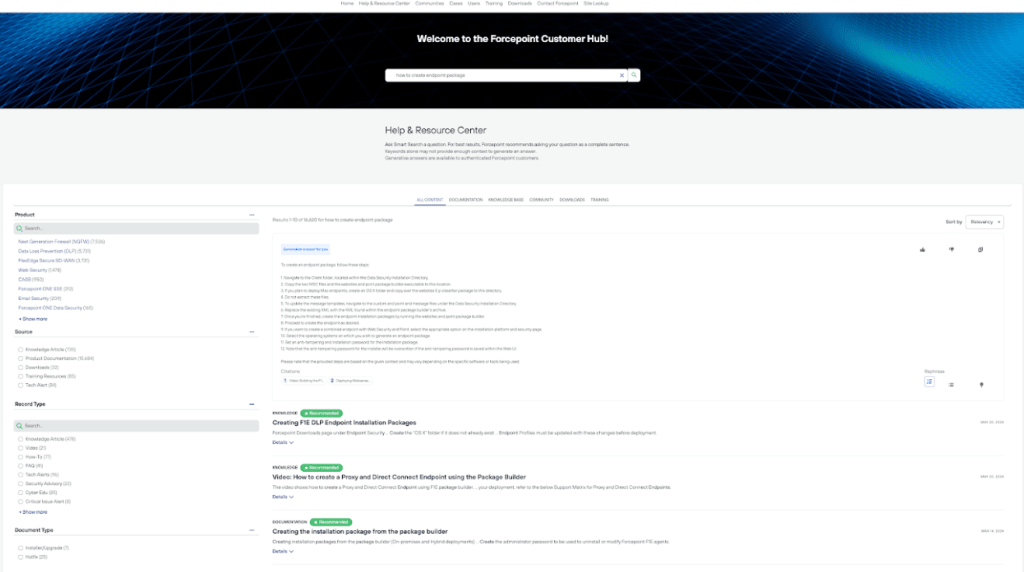
If a customer defaults to submitting a case, Forcepoint offers a three-page form that’s underpinned by Coveo’s Case Assist. The first page offers prompts to help gather as much information as needed to help resolve the issue.
“Then on page two, a fully formed answer with citations generates,” said LaRose. “And at the bottom of the page, if their question is not answered, they can click to continue submitting a case.” The page also asks whether the answer was helpful or issue resolved, with a checkbox the user can click — a great way for Forcepoint to evaluate generative answers provided to their users.
“We aren’t trying to deflect customers,” LaRose explained, diving into the nuance with which Forcepoint defines the industry term ‘case deflection.’ “We aren’t trying to push them away. We want to provide them with a resolution, to give them what they’re looking for.
“We want to remove friction.”
Boosting Agent Productivity and Operational Efficiency
And removing friction includes empowering customers to reach out to a customer service agent if they want to.
Embedded directly in an agent’s flow of work, their Insight Panel populates with relevant knowledge base articles and case details via automated search results. When an agent performs a search, they receive a generated answer.
“We default to a generated answer in a numbered list,” LaRose explained. “There are three versions of generated answers that you can reformat. We felt that the numbered list was laid out like steps to take, which lets the agent use that list as an action plan. It’s a lifeline.”
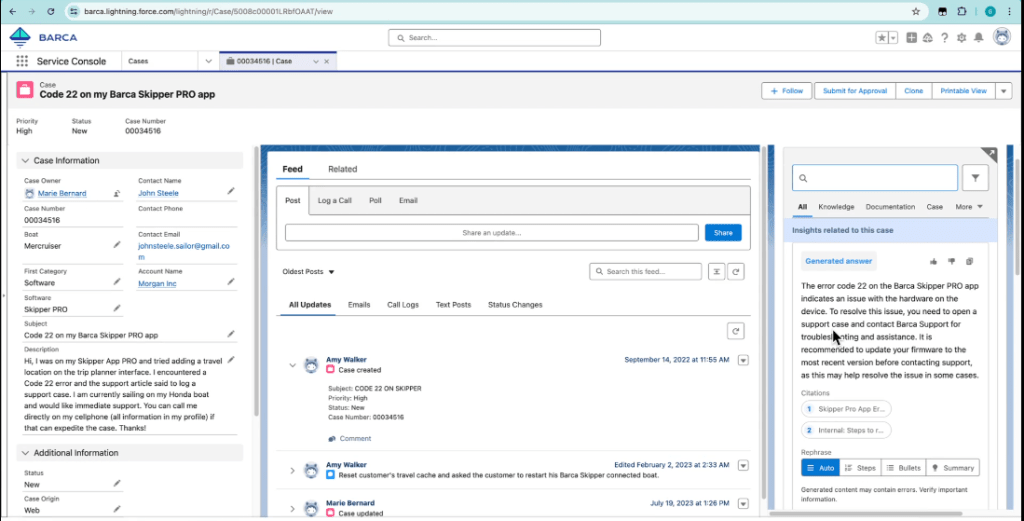
The generated answer is not a copy and paste from an existing knowledge base article or other content; it’s a wholly unique answer that’s integrated from documentation, knowledge base articles, and anything else that has been included in that search.
Relevant Reading: Why Unified Search Is a Must-Have for Generative AI
That content is then reworded and put into words that the agent can share with the customer or place into the case as an action plan. Citations are also available for additional information or sharing.
“In our remote/hybrid work world when someone who’s not in the office can’t just tap their neighbor on the shoulder, Coveo brings all that information together and the “[Relevance Generative Answering] creates a very fast action plan, which is really exciting,” said LaRose.
Best Practices from AI Application in Customer Service
High-Quality Data and Content Cleanliness
The success of AI systems heavily relies on the quality of data they are trained on. Ensuring content cleanliness was crucial for Forcepoint to achieve reliable AI outputs.
“I think one of the reasons it was easy for us to transition to generative answering is because we had a really strong knowledge base and a lot of documentation,” said LaRose.
Forcepoint meticulously curated their data for both customer and employee experiences, using only accurate, comprehensive, and up-to-date information. This involved intentionally selecting what content to index, and then indexing it correctly, by including transcripts of videos and written versions of charts and graphs. On the agent side, they’re currently investigating the possibility of adding additional content sources in the form of escalation or Jira notes.
Forcepoint has also had to find creative ways of including illustrative information, like product matrices, graphs, and charts. Accurate metadata was paramount to ensuring that information is useful to their large language model.
Additionally, they included transcripts of videos so that content could likewise be used in generated answers.
“We ensure that our AI is trained on high-quality data,” said LaRose, “using our knowledge base and documentation that we have complete control over.”
This strategy minimized misinformation and enhanced the reliability of AI-generated responses.
Relevant Reading: The Complete Guide to Data Cleaning Best Practices (For Amazing Digital Experiences)
Human in the Loop
In addition to maintaining clean content, Forcepoint has highly trained staff who can verify answers and ensure that end users are receiving accurate responses.
“I was originally part of the technical support team, and all the people on my team were technical support engineers,” LaRose said. “They were top tier for their products, some of our more senior techs. They know the product and they know the answers as well. It’s really helpful that they can verify answers easily.”
This verification has become part of the customer service operations. LaRose explained that it might seem redundant to have techs typing questions they already know the answer to into the generative box, but it helps ensure the system is kept up to date and coherent.
“Then you know your customers are getting the right answer,” LaRose said. “You’re double checking for us, too.”
Enterprise Change Management
Investing in upskilling their team was essential to ensure they had the necessary skills to manage and optimize AI tools. This included comprehensive training programs to familiarize the staff with new AI-driven processes.
Forcepoint started with 40 beta testers from different areas of the company, with the future intent of having them internally promote the new tool. The best way to encourage adoption, LaRose said, was getting the tool out there to be shared.
Relevant Reading: 12 Generative AI Skills Needed for the Future of Work
“The number one challenge we had was that many people are used to keyword search. So we prompted them on the page,” LaRose explained, describing how users are trained to use the generative AI on customer support portal.
“But it’s not prompted in the insight panel, so we had to make sure our techs tested it. Those who used keywords didn’t get a great answer; they needed to ask questions.
“Generative answering is made for questions.”
Leveraging Analytics for Continuous Improvement
Forcepoint also used Coveo search analytics to identify knowledge gaps and refine their AI models continuously.
“You can go in and see exactly what your customer types,” LaRose explained. “You can see your number one queries. You can see your most hit and most used documents, and we do use that. We even break it down by product. We go in and we match, and we ensure most of the time for us, a content gap is because they entered in a case number or something that’s not gonna give them an answer.”
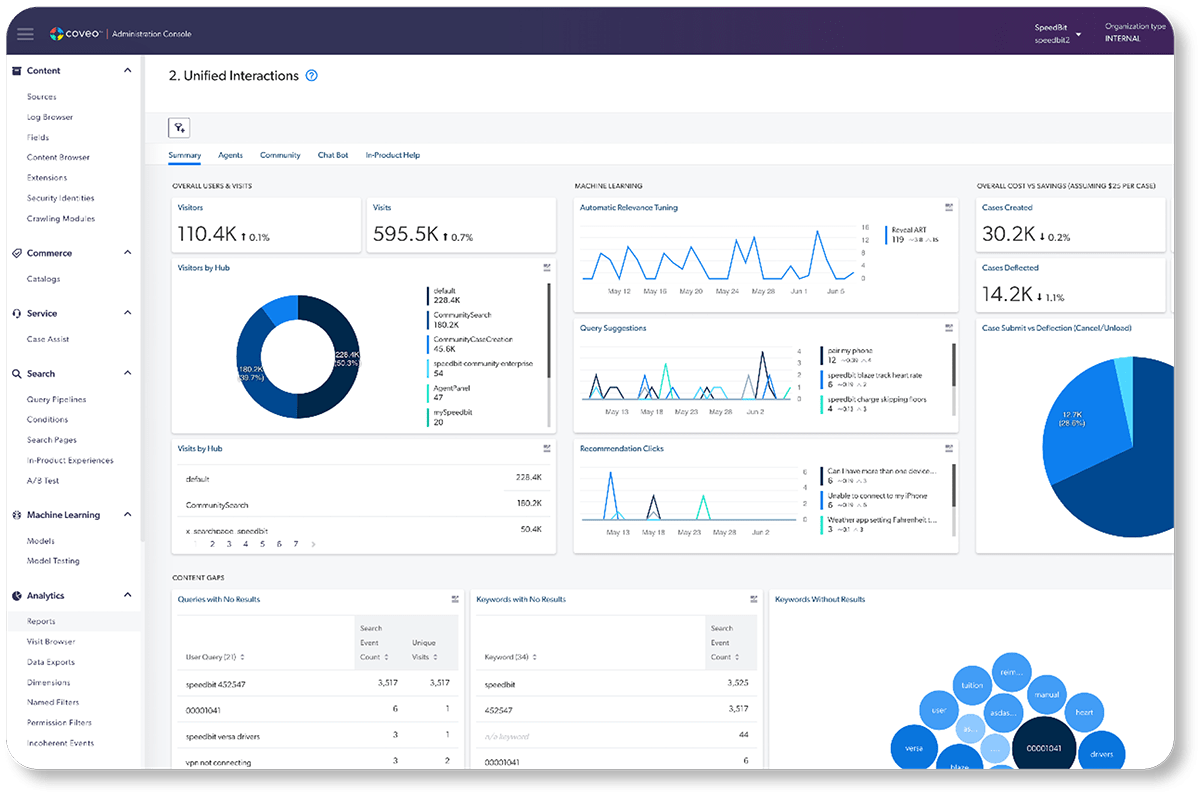
LaRose also spoke excitedly about having access to Snowflake data.
“There’s so much goodness available [in Snowflake], and we can export it into Tableau and do anything we want with it. It’s very powerful.”
Measuring ROI and Success
Measuring ROI and success of AI initiatives is crucial for Forcepoint. They track metrics like whether customers could resolve issues independently without escalating to support. They also monitor the reduction in time taken to resolve customer issues and include questions about the customer hub and overall experience in CSAT surveys. Observing the decrease in support case volume serves as a direct indicator of effective self-service.
Relevant Reading: Is Your Average Handle Time Focused on Quantity or Quality?
“With Coveo, you have a higher standard of self-service success/case deflection. With our prior self-service model, if you went to the support site and began to create a case, and generated a list of helpful knowledge base articles, but then abandoned, per TSIA’s definition we’d consider that a case deflection.
“With Coveo,” LaRose continued, “users have to interact with or click on something. We call that a resolution, which is a deeper level of deflection.”
Fostering Continuous Innovation and Future Planning
To stay ahead of the curve, continuous innovation and future planning are essential.
Forcepoint is integrating AI capabilities directly into their in-product experience, enabling customers to access AI-driven support seamlessly within the products they use.
They are also working on enabling follow-up questions in generative AI interactions, allowing for more detailed and helpful responses.
For Forcepoint, this is just the beginning of their generative story. If you’re interested in learning more about Forcepoint’s digital transformation, download the full case study.
Or watch the full Race to ROI with AI and GenAI webinar!
Dig Deeper
Looking for more practical tips and advice for embedding generative answering into your digital experiences? Our “Blueprint to Generative Answering in Digital Self-Service” reveals what leading enterprises discovered when implementing Coveo Relevance Generative Answering in their self-service experiences.
Download your free copy today!



